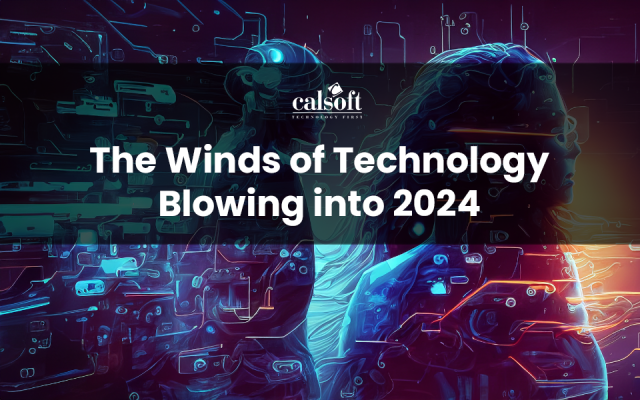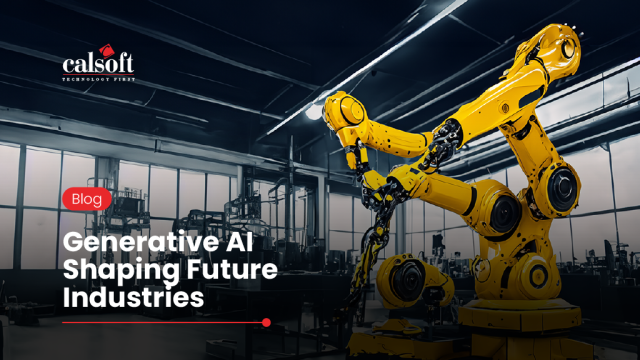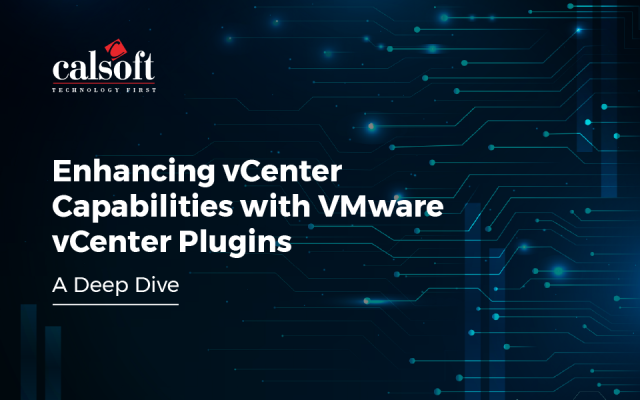All storage vendors and virtualization firms are eagerly waiting for the release of vSphere Client 7.0.
What’s New in vSphere 7.0?
- Removal of Flash Client: In the latest version of vSphere, VMware completely removed the Flash client from vSphere. vSphere Client initially released with (.NET) version, and then a web version released with the vSphere Web Client (Flex). After Flex, VMware introduced the vSphere HTML Bridge Client version for web browser, and currently, they have migrated to the HTML version of vSphere, which is completely stable now and the official name is simply “vSphere Client”.
- Increased Configuration thresholds: With the rise of Artificial Intelligence and Machine Learning, the demands for resources per VM are going to keep increasing. vSphere 7.0 is going to increase their maximums for VM configurations. Currently, vSphere 6.7’s config maximums look like the following:
-
- Maximum Memory per VM: 6128GB
- Maximum vCPU per VM: 256 vCPU limit
- Maximum Video Memory per VM: 2GB
- Maximum Virtual Disk Size: 62TB
- Increased level of Security: VMware is focusing on security concerns in vSphere 7.0 because processor vulnerabilities—such as Meltdown, Zombieload, etc.—have increased in the last few years.
- Inclusion of Hybrid Cloud: The usage of cloud is rapidly increasing in IT industries today and the hybrid cloud seems more interesting than other clouds. VMware is going to consider all hybrid cloud service providers such as Azure, AWS, or GCP. Disaster Recovery (DR) and High Availability (HA) are the main areas where hybrid cloud integration will play an important role.
- Support for Integrated Containers: Containers are becoming mainstream in the industry. They provide unmatched benefits such as the reduced cost of resources and quick rebuild and deploy times. We predict that there will be great improvements made to vSphere Integrated Containers in vSphere 7.0.
Where Calsoft will help you?
Calsoft is famous well-known for its virtualization solutions and vCP is an area where Calsoft is an expert. Calsoft can support its clients in the following areas:
- Migration of Existing Flex web client to HTML client Necessity: Following are the reasons in which migration is important,
- Flash player support: The Flash client will be eventually phased out. As we know, most browsers are removing support for Flash player. Hence, it is very essential to upgrade your vCP from Flex to HTML.
- The limited scope of UI Automation: As the Flash player has less area of UI automation, a lot of things cannot be automated using Flex UI. Tools like Selenium are not supporting Flex automation easily. Hence, we cannot automate a few test scenarios by using UI automation scripts.
Benefits: Replacement of HTML will add the following benefits:
- Automation frameworks support: By using the HTML framework, we can automate all the UI components of vCenter. Test features such as storage provisioning and snapshot management can be easily automated using different automation tools such as Selenium, which will save a lot of manual testing efforts.
- Integration with Angular: With Angular integration, we can develop multiple components with rapid speed in the UI.
- Powerful framework by VMware-Clarity: Clarity is a framework that provides UI standards and readymade components on top of Angular, which helps in maintaining the UI integrity of vCenter with VMware UI standards.
- Migration of Existing Local vCP to Remote vCenter pluginThe vSphere remote plugin is an architecture defined by VMware where the user-defined plugin will run on a separate operation system instead of vCenter.
Necessity:
- Memory Overload: Remote plugin reduces the memory overload of vCenter because it runs on a separate OS.
- The need for access to vCenter OS for installation and troubleshooting: vCP installation with local plugin requires access to vCenter because it is local for vCenter machine. Similarly, for troubleshooting, we need to access vCenter for read logs.
Benefits: Replacement of the remote plugin will provide the following benefits:
- VCenter Speed: The remote plugin runs in a separate Operating System (OS), and hence it will improve the processing speed of vCenter.
- OS independent: We can install this remote plugin by using any OS, which resides in a reachable network.
- Multiple Plugins with the same vSphere Client: We can deploy a number of remote plugin versions within the same environment.
- Easy to troubleshoot: As we have control of the installation OS, we can easily troubleshoot problems with the help of log files and without the interference of access to vCenter.
- Certification of vCPThe goal of the vCP Certification program is to provide better end-user experience to VMware’s partners and add value by providing certified, consistent, and well-performing plugins.
Benefits:
- After the certification is complete, partners can use the VMware Ready logo and will be posted to the VGC.
- Certification ensures adoption of vCP best practices and better end-user experience.
- Customers receive support from VMware Global Services for certified plugins.
You now have everything you need to make an informed decision pertaining to migration of your vCP.






